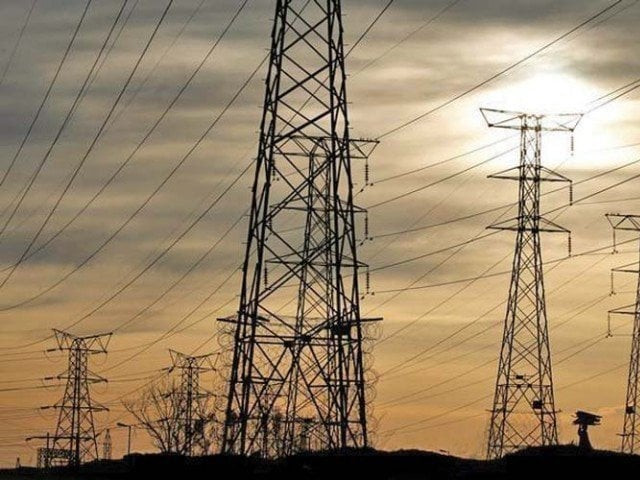Power tariff stays high on increase in capacity payments
Capacity payments to power houses estimated at Rs664b in FY19

PHOTO: EXPRESS
The major reason behind the high tariff has been a sharp increase in capacity payments to power houses in case they were not asked to add power to the national grid, according to the State Bank of Pakistan’s (SBP) Third Quarterly Report on The State of Pakistan’s Economy.
“In absolute terms, capacity payments are estimated to be around Rs664 billion for FY19, representing an increase of around 60% over the preceding year,” the SBP stated in the report issued earlier this week.
Karachi Electric says it can’t meet city’s power demand. Numbers suggest otherwise
The rise partially stemmed from an increase of approximately 729-megawatt capacity to the system during the year, modest growth in power supply, increase in payment of net hydel profit (NHP) to provincial governments and associated arrears, the central bank said.
The country has gradually reduced reliance on plants running on the most expensive fuel - furnace oil - and has set up new power projects on cheaper fuels like gas/re-gasified liquefied natural gas (RLNG), coal, nuclear, hydel, wind and solar.
The central bank maintained that the power generation sector in Pakistan had undergone significant change over the last five years. Overall electricity generation capacity has increased over 40% since June 2013, with a visible shift in fuel composition towards cheaper sources.
The objective behind the transformation was to avoid power outages in the country and make energy affordable.
“While a significant containment has occurred in load management over the past five years, the affordability issues persist. Instead of declining, power tariffs determined by the National Electric Power Regulatory Authority (Nepra) remain stubbornly high, preventing the government from alleviating subsidy expenses meaningfully,” it said.
The SBP pointed out that capacity payments constituted the bulk of power tariffs in Pakistan and a sharp increase in these payments in recent years had completely offset gains from the declining fuel cost.
Prevailing laws allow power producing firms to calculate revenue requirements for an individual power producer based on capacity charges, which include costs pertaining to the design and construction of power units, guaranteed return on equity and debt financing charges among others, and an energy charge that covers variable costs primarily fuel (like gas, coal, furnace oil) and operation and maintenance (O&M) costs.
Capacity payments serve as a means to ensure electricity adequacy at all times. This concept implies that there should always be enough supply available to match demand but it does not reduce the need for reserves in order to meet real-time demand.
Capacity payments are extensively used to encourage investment in the power sector in a number of countries including the UK, Chile, Argentina, Brazil, South Korea and Indonesia. However, mechanisms to determine these capacity payments differed across countries, it said.
There is a great need to make heavy investment in the power transmission and distribution network to overcome long-hour power outages, especially in rural areas, and reduce the burden of capacity payment.
The changed landscape of the power sector over the past five years has enabled the country to produce electricity in surplus now. However, the prevailing poor transmission and distribution system does not allow managers to increase supplies up to the demand requirement in the national grid.
Since June 2014, the country’s power generation capacity had increased 45.7% to reach 34,282 megawatts by the end of March 2019, the central bank said.
“The energy sold was required to be increased by at least 30% between FY18 and FY19 in order to keep the capacity cost component at the FY17 level, and by at least 57% to keep the capacity cost component at the FY16 level.
SC orders to restore power supply to KMC head office
“In actual, the energy sold grew only 12% during the year, therefore, the capacity cost per kWh (kilowatt-hour) continued to increase. Multiple factors explain a subdued growth in power dispatch including constraints in transmission and distribution system,” it said.
The investment in transmission and distribution infrastructure, which is currently under way, will be crucial going forward in terms of reducing transmission and distribution losses.
“However, capacity payments are likely to grow over the next 5-6 years as a number of ongoing power projects (mostly coal and renewables) will come on line and, in the absence of commensurate growth in demand amidst a challenging macroeconomic environment, augment the capacity surplus situation in the country,” the central bank said.
Published in The Express Tribune, July 20th, 2019.
Like Business on Facebook, follow @TribuneBiz on Twitter to stay informed and join in the conversation.



















COMMENTS
Comments are moderated and generally will be posted if they are on-topic and not abusive.
For more information, please see our Comments FAQ